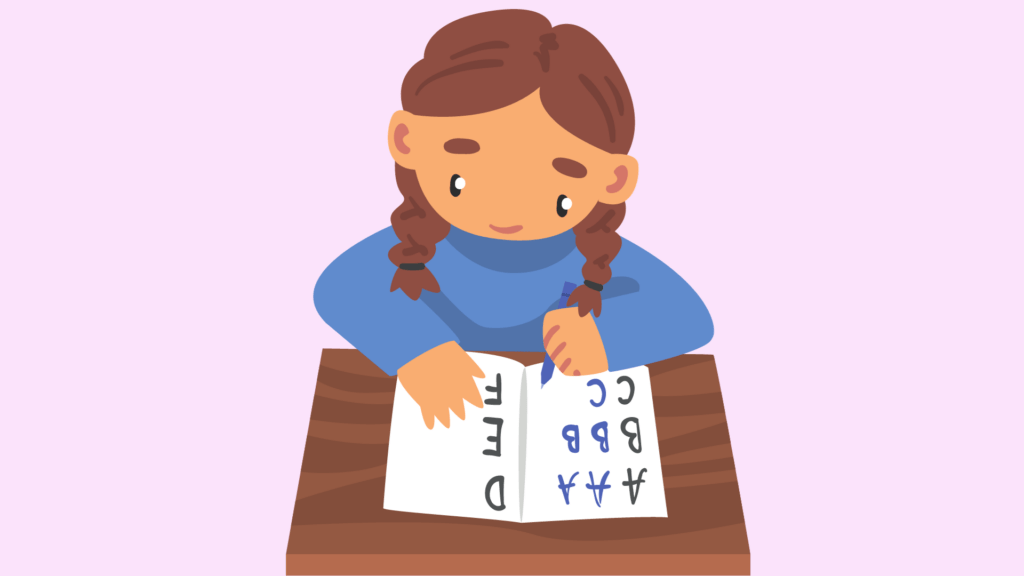Education is a fundamental pillar in the formation of capable individuals, prepared to face the challenges of the world and contribute to the development of society. Secondary education, in particular, plays a crucial role in this stage of development. In this article, we will explore the foundations and challenges of secondary education.
Definition and Objectives of Secondary Education
Secondary education, also known as middle school or high school in some countries, is the educational level that follows primary education and precedes higher education. It usually covers ages 12 to 18 and has several key objectives:
- Integral development: Secondary education seeks the comprehensive development of students, not only in academic terms, but also in social, emotional and ethical aspects.
- Preparation for higher education: Preparing students for higher education is one of the most important goals. This involves providing them with a solid foundation in academic areas and critical thinking skills.
- Citizen education: Secondary education seeks to form responsible citizens, aware of their rights and duties in society.
- Development of skills and competencies: Fostering skills such as communication, problem solving and teamwork are essential for success in work and personal life.
Challenges of Secondary Education
Despite its importance, secondary education faces several challenges around the world:
- Universal access: Ensuring that all students have access to quality secondary education remains a challenge in many regions, especially in rural and disadvantaged areas.
- Socioeconomic inequalities: Disparities in the quality of secondary education between public and private schools, as well as between different socioeconomic strata, persist in many countries.
- School dropout: Dropping out of secondary education is a problem in some places, with causes ranging from academic difficulties to socioeconomic and personal factors.
- Relevance of the curriculum: Ensuring that the secondary education curriculum is relevant and up-to-date to meet the changing demands of the labor market is essential.
- Teacher preparation: Teachers play a critical role in secondary education, so it is important to invest in their training and professional development.
Innovations and Trends in Secondary Education
To address these challenges, various innovations and trends are being implemented in secondary education:
- ANDonline education: Online education and distance learning have become essential tools for reaching students in remote areas and providing flexible learning opportunities.
- Personalized learning: The personalization of learning, through technologies and pedagogical approaches, allows education to be adapted to the individual needs of students.
- Focus on 21st century skills: More emphasis is being placed on developing skills such as communication, problem solving, creativity and adaptability.
- International collaboration: Collaboration between schools and students from different parts of the world is becoming more common, broadening learning perspectives and experiences.
Conclusion
Secondary education is a critical period in students' lives, where the foundations are laid for their academic and professional future. However, it faces significant challenges in terms of access, quality and relevance. Through educational innovations and a continued commitment to improvement, secondary education can play a vital role in producing skilled individuals and responsible citizens, prepared to meet the challenges of the 21st century.




